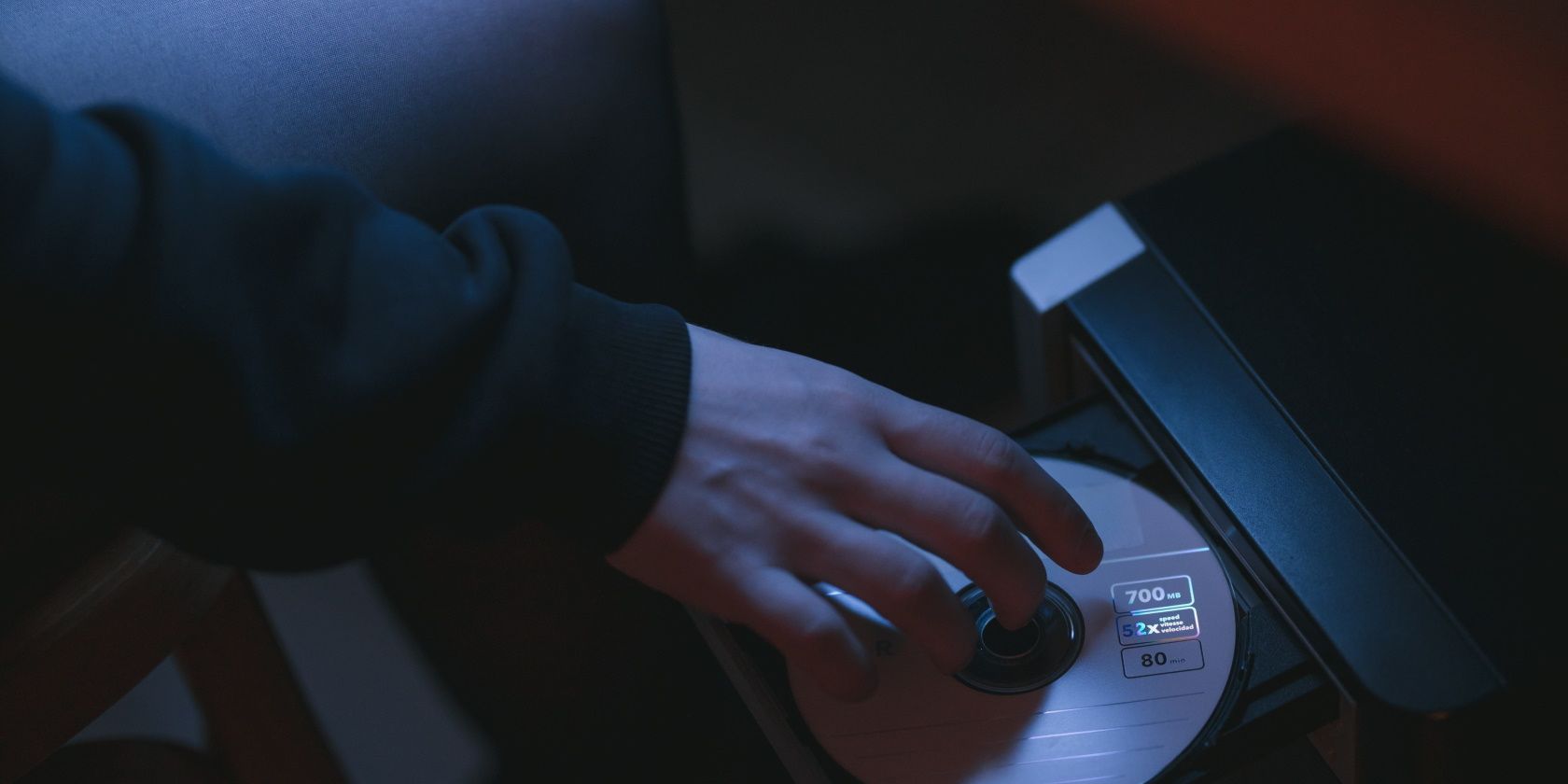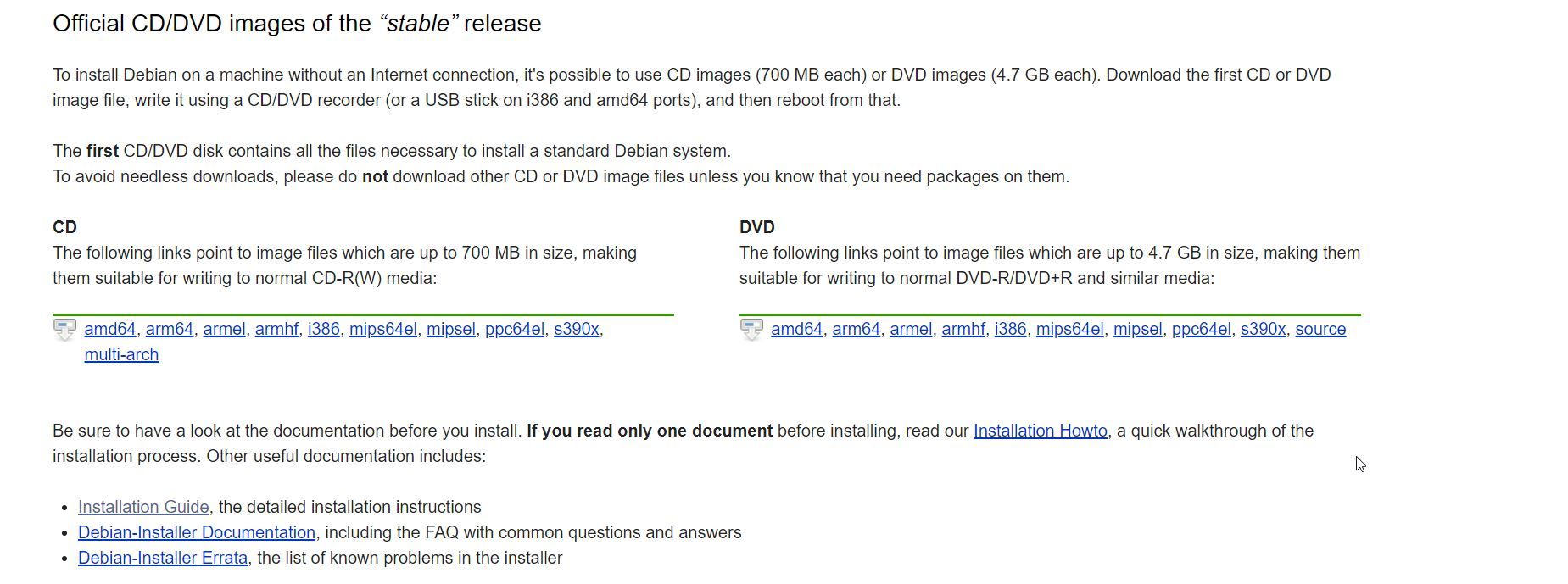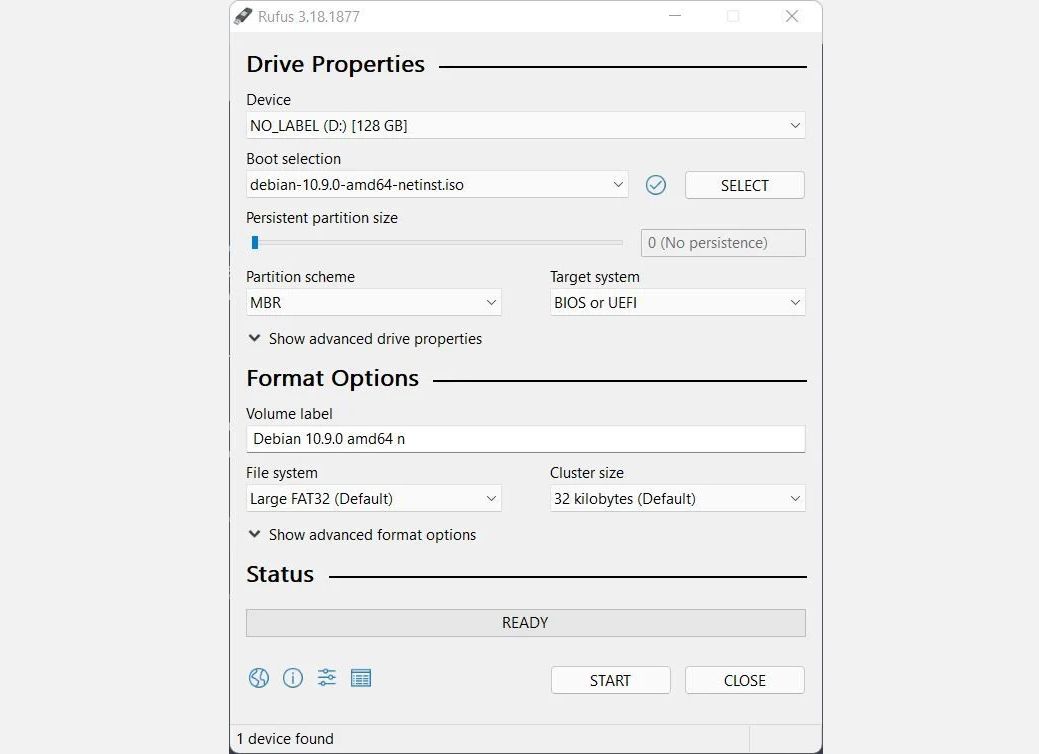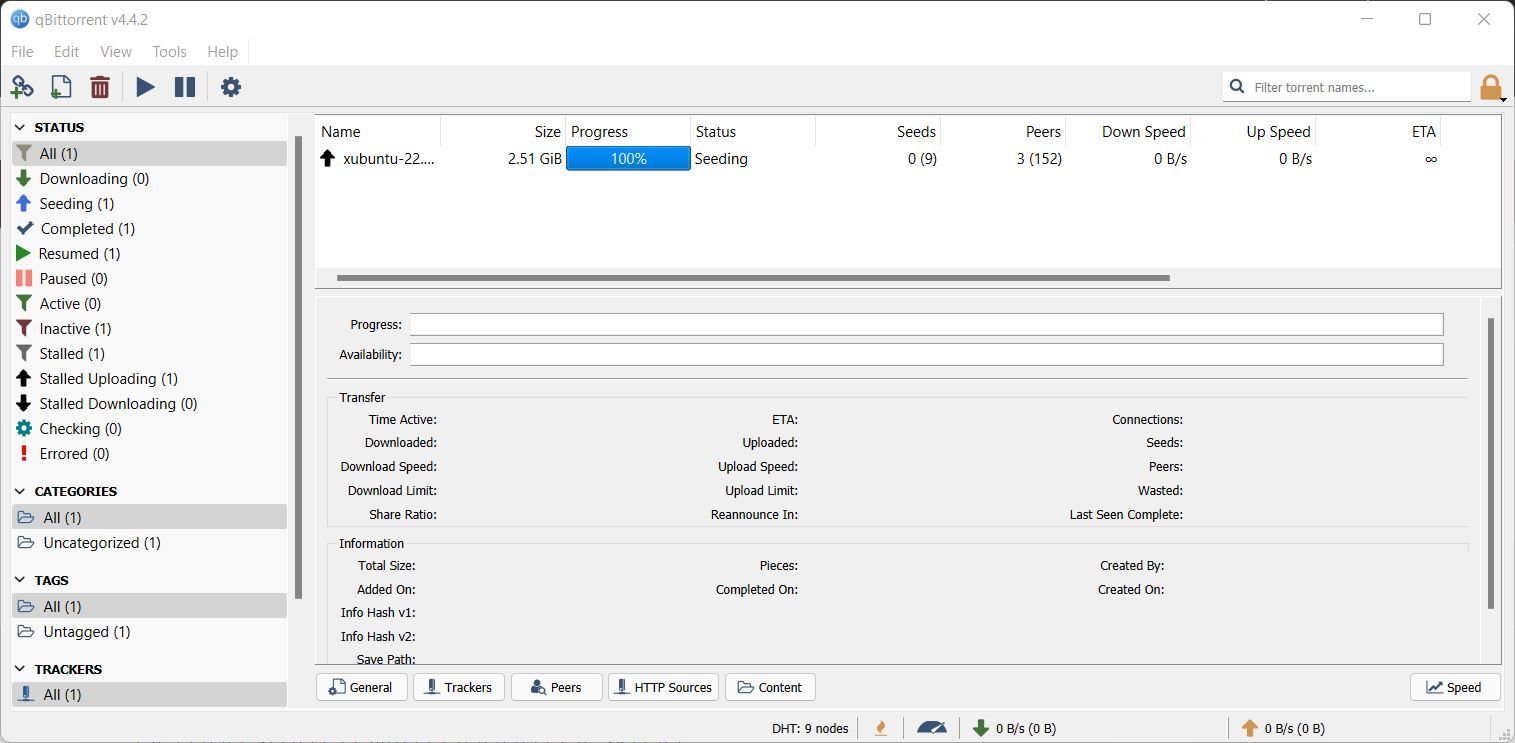Linux is a great operating system, but it didn't get where it was just by itself. Some technologies made it easier for users to discover and share the new system with others.
Here we discuss some of these technologies and their impact on the growth of Linux.
1. Broadband Internet
While Linux was free from the outset, downloading and installing a distribution was even more difficult in the days of dial-up internet than it is today because dial-up was much slower than broadband.
It took a long time to download a Linux distribution over dial-up, depending on how complete of a system you wanted to install. An X11 environment, networking utilities, and programming tools could make for a long day, or night, downloading over the phone line and feeding floppy disks into the machine.
YouTuber RetroSpector78 has a video showing what installing Slackware from floppies was like in the '90s:
This was one reason many Linux distros like Slackware let you choose which parts of the system you wanted to install. You would just install the software you needed, which would save you some time and money when internet access was charged by the hour.
Broadband internet access made life much easier for prospective users by allowing them to download complete Linux distros quickly. A lot of distros still let you pick and choose what software you want, but that's because technical users love this flexibility.
2. CD Burners
Another major technology that had a lot of mainstream use but was especially helpful for Linux users was the CD burner.
By the middle 1990s, the size of Linux distributions was becoming unwieldy for floppy disks, which were the main rewritable media format in use at the time.
A cottage industry had sprung up around offering Linux distros on conventional pressed CD-ROMs. Yggdrasil Linux/GNU/X was one such example that also served as one of the first live distros allowing users to boot it from the CD. For that matter, the increasing size of proprietary OSes like Windows and macOS also prompted the switch from floppy to CD.
When CD burners became affordable toward the end of the '90s, Linux distro installation was a natural application. Combined with the growth of broadband internet, prospective users could quickly download a Linux distro, burn the ISO image to a CD, try it out, and even install it on the hard drive.
When they were finished, they could pass the disc on to friends and get them hooked on Linux in turn, all for just the cost of the media.
3. USB Sticks
USB drives were a boon for carrying files around that wouldn't fit on a floppy disk, but they also came in handy for creating bootable Linux drives.
One big reason that USB drives took over from optical media was that they were more easily rewritable. CD-RWs and recordable DVDs existed, but these were more expensive, less common, and weren't guaranteed to work in all drives.
USB drives got cheaper and the amount they could store increased. They allowed for live distros that could store data on them like a standard Linux installation. USB drives allowed for truly portable Linux installations without having to carry around a laptop. You could just stick the drive into a computer and boot it.
4. BitTorrent
Around the same time, BitTorrent became popular for downloading large files. While a lot of these files were pirated media, Linux distros quickly became a popular legitimate use of the P2P protocol.
BitTorrent gets faster the more you share (more users "seed" the file), so it rewards sharing and punishes "leeching," or downloading without uploading. This speeds up the download time over already fast connections.
Another advantage is that because of the way BitTorrent works, when you have the torrent file, it effectively checks the file integrity of a Linux ISO. This means that you can know someone hasn't somehow substituted a fake ISO file. Not only is BitTorrent fast, but you also know you're getting the file you wanted.
Linux Is What It Is Today Because of These Technologies
Without the evolution of storage and networking technologies, Linux wouldn't have the base that it has today. Anyone can take advantage of modern networking to download and install Linux but that's just where the fun begins. Once you have Linux installed, you can turbocharge your networking with some powerful commands.




